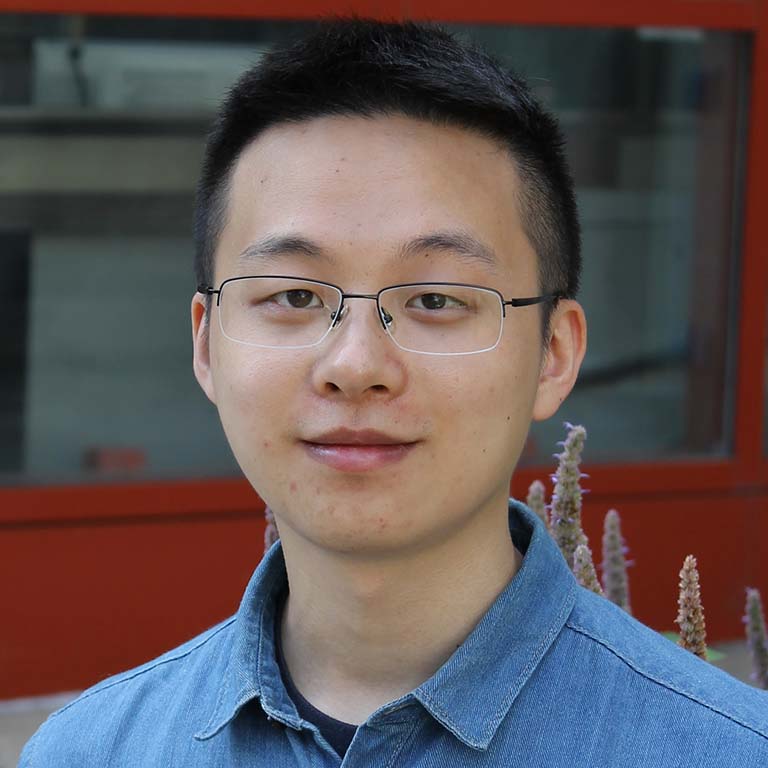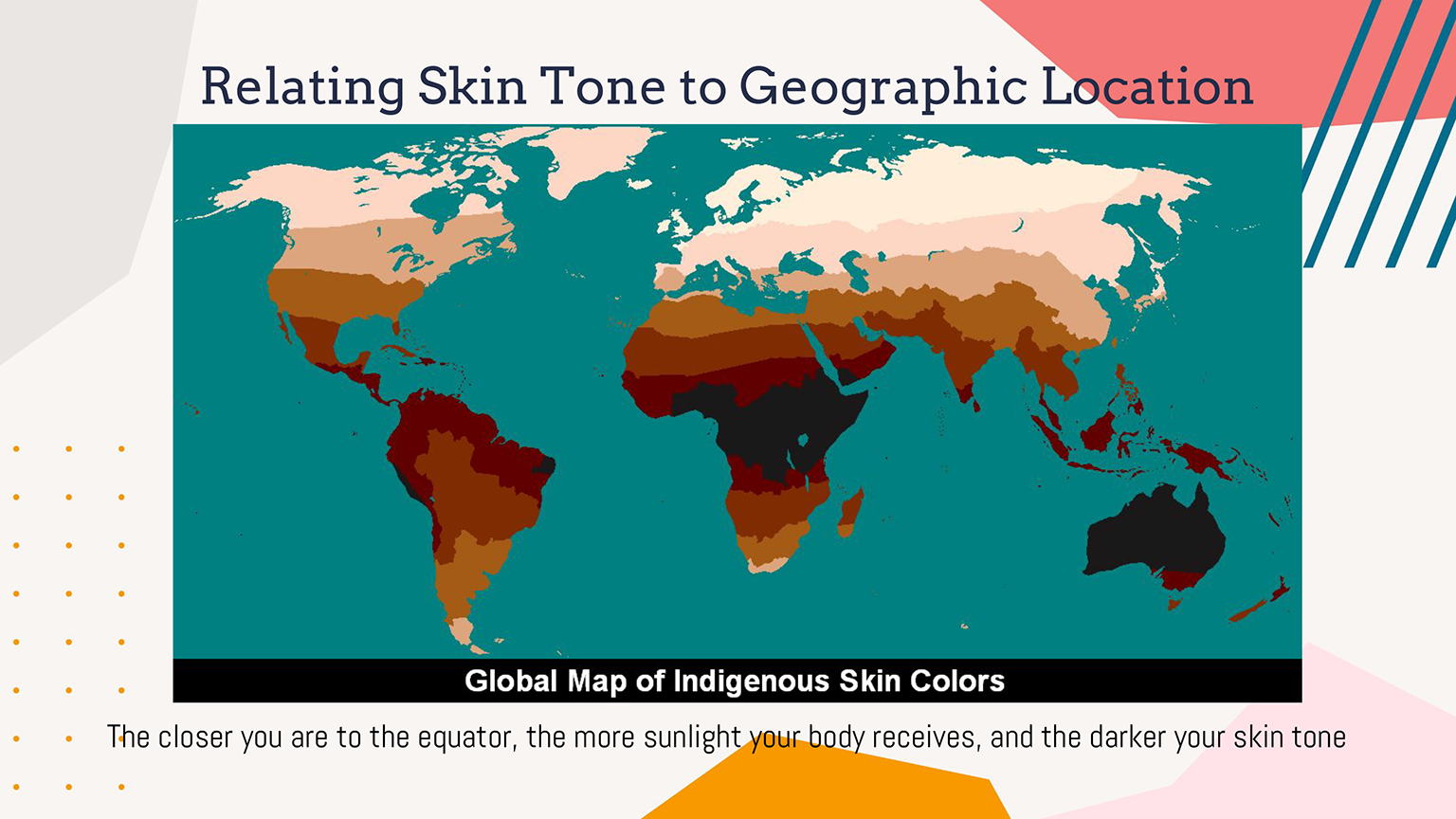When the start of the fall 2020 semester saw Indiana University instructors once again preparing to mostly teach their courses online in efforts to slow the spread of COVID-19, Dr. Sapna Mehta, a lecturer in the IU College of Arts and Sciences Department of Biology, looked for ways to engage her students. She participated in the “Blended Course Design Workshop” presented by the IU Center for Innovative Teaching and Learning. Interactions with colleagues from various disciplines during the workshop provided the fodder for the complete reimagining of her BIOL-L 312 Cell Biology course.
“Honestly, I was participating in the workshop for another large lecture course I teach,” mused Mehta, “but the workshop ended up being useful for restructuring my cell biology course, too.”
BIOL-L 312 Cell Biology had traditionally been a lecture-based course taught during both the fall and spring semesters by different instructors. Student enrollment varied. When Mehta last taught the course in fall 2019, there were 28 students. Fifty-four students had enrolled for the fall 2020 online version of the course to be held on the Zoom video communications platform.
For Mehta, reimagining the course meant removing the focus from testing students on particulars of cellular pathways or topics. Instead, she designed the course to focus on development of skills that are critical for success in future postgraduate or professional education. She focused on three main skills:
- Communication of cell biology for a scientific community (technical writing),
- Communication of cell biology concepts to a general audience, and
- Learning how to read and evaluate primary scientific information.
There were no formal exams, but instead weekly assignments were given that ranged from writing Twitter feeds, developing podcasts, and breaking down primary literature papers to working on more rigorous experimental design and analysis projects. A student-chosen final assignment allowed students to dive into the literature to write a scientific mini-review.
“This was a huge gamble. From the student perspective, a grade on an exam provides a sense of achievement; it is tangible. It is, however, not always indicative of learning. I was asking them to have faith that by participating in the process they would develop skills that would serve them well along their future paths. I had confidence—based on previous experience testing some of these ideas separately—that the students could deliver. And, they did.”
Jin Dai, a Ph.D. student in the IU biology department’s microbiology graduate program, served as Mehta’s associate instructor for the class.




 The College of Arts
The College of Arts